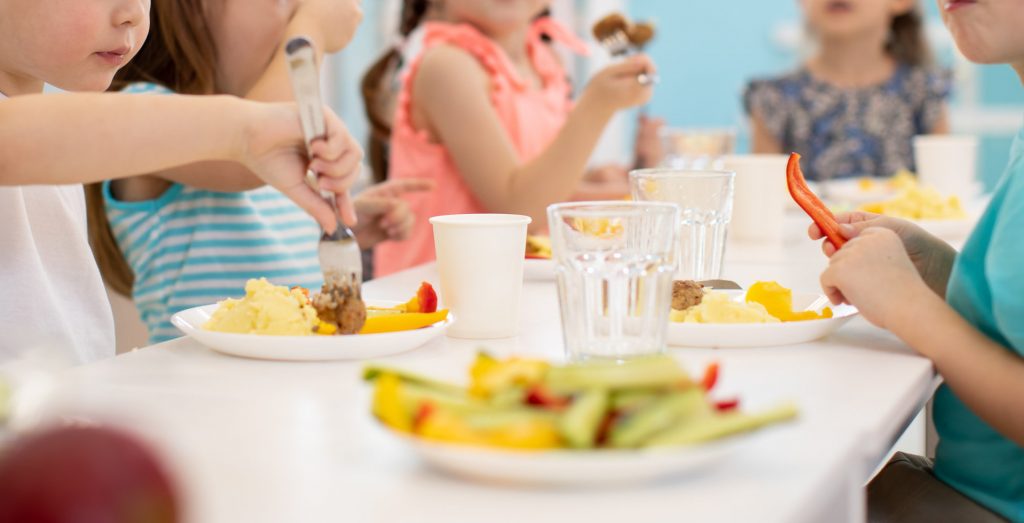
Despite being wasted less, meat waste constitutes the largest portion of the carbon footprint of the food wasted at school canteens
A group of researchers of LOWINFOOD has recently published an article in the scientific journal Resources, Conservation and Recycling, in which they assess the composition of school meal waste and associated carbon footprint and nutrient loss. They analysed the composition of plate waste from almost 5,000 meals in two elementary schools in Uppsala, Sweden, identifying the wasted food components and quantities. From this analysis, they calculated the carbon footprint of this wasted food, as well as the nutrient loss from wasting it.
In Sweden, school canteens generate 9,200 out of the 33,000 tonnes of food wasted at the country level. Committed to reducing the large economic, environmental, and social impacts this causes, Sweden has set the target of reducing by 20 % of the total food waste between 2020 and 2025. Reducing this type of waste is of the utmost importance because most of it is edible food that has undergone resource-intensive preparation, and it represents a missed opportunity to nourish school children, as school meals in Sweden are required by law to be nutritious, and the Swedish Food Agency has revealed gaps in nutrient intake by Swedish school children. Plate waste may serve as an indicator that nutritious food is left uneaten, resulting in nutrient losses and unnecessary environmental burdens.
In their study, the LOWINFOOD partners Niina Sundin, Runa Halvarsson and Mattias Eriksson from SLU (Swedish University of Agricultural Sciences), and Silvia Scherhaufer from BOKU (University of Natural Resources and Life Sciences, Vienna), together with the member of the External Advisory Board Felicitas Schneider (Thünen Institute of Market Analysis, Germany), aimed at having knowledge of the components of plate waste at school canteens, with the focus on calculating the carbon footprint and nutrient losses associated with plate waste.
The results obtained indicated that each kilogram of food waste was equivalent to 1 kilogram of CO2 emission. However, school meals comprise diverse food components such as carbohydrates (potato, pasta, rice), proteins (legumes, fish, chicken, beef), vegetables, bread, fruit, and dairy. Having knowledge of the components discarded facilitates the assessment of the carbon footprint and nutrient composition of the meals wasted. This may help design food waste prevention measures and assess their sustainability, crucial for policymakers in prioritizing prevention actions.

In this regard, the scientists revealed that staple foods such as pasta, potato, and rice comprised 59 % of total plate waste, but only 24 % of the total carbon footprint. On the other hand, animal-based foods (chicken, pork, beef, fish, cheese, and also eggs and pancakes) were wasted to only a minor degree, corresponding to 10 % of total plate waste but were responsible for 63 % of the total carbon footprint.